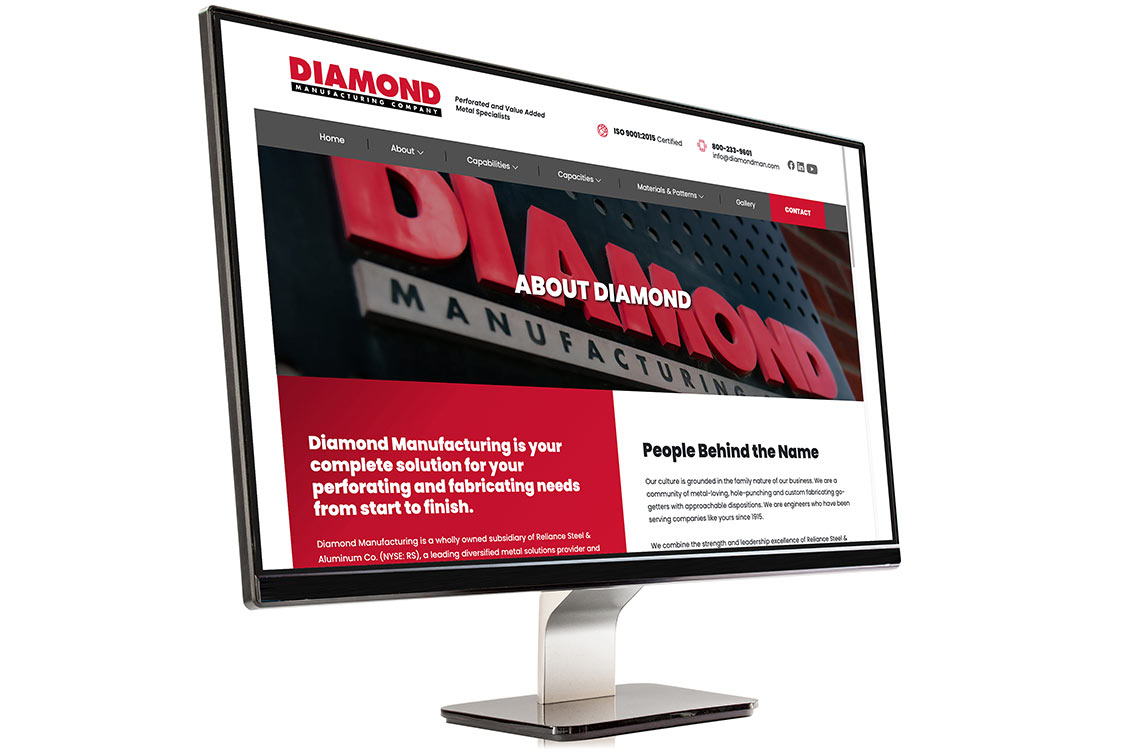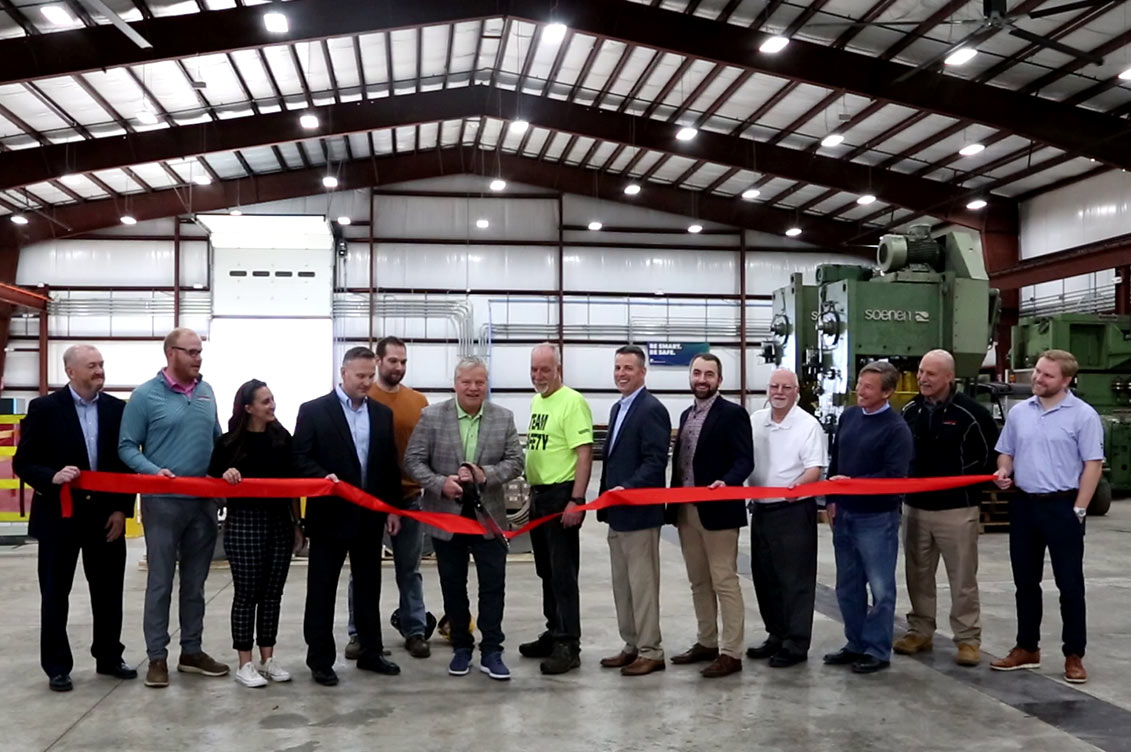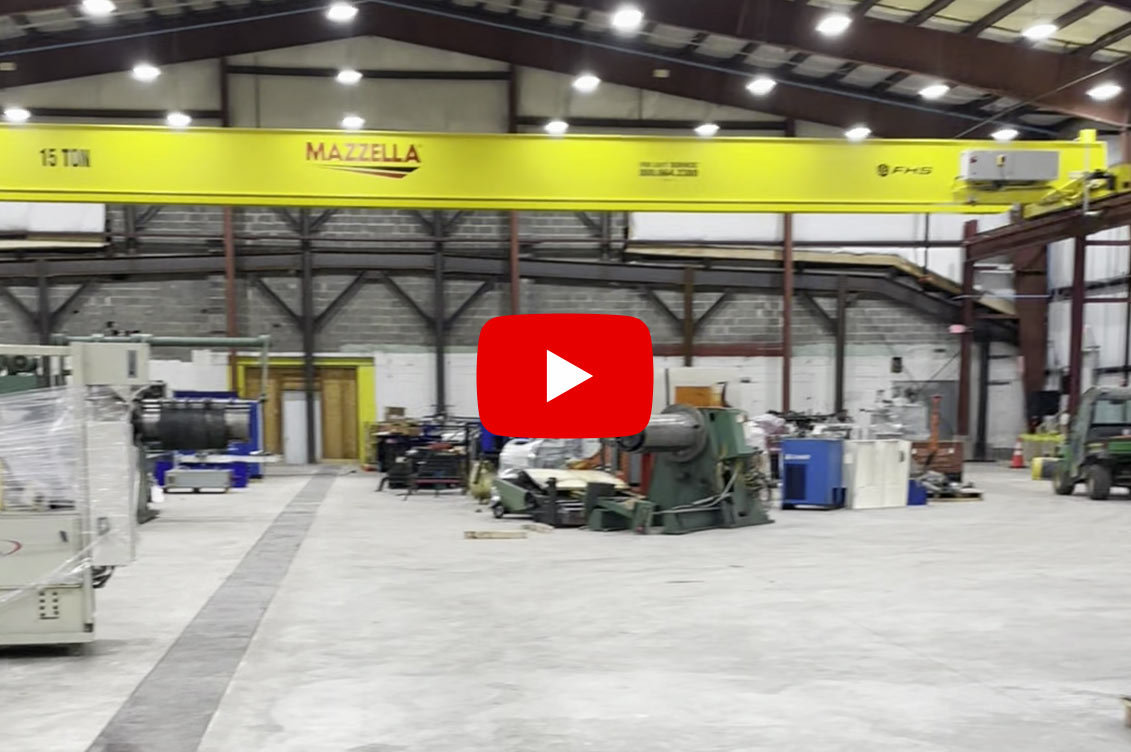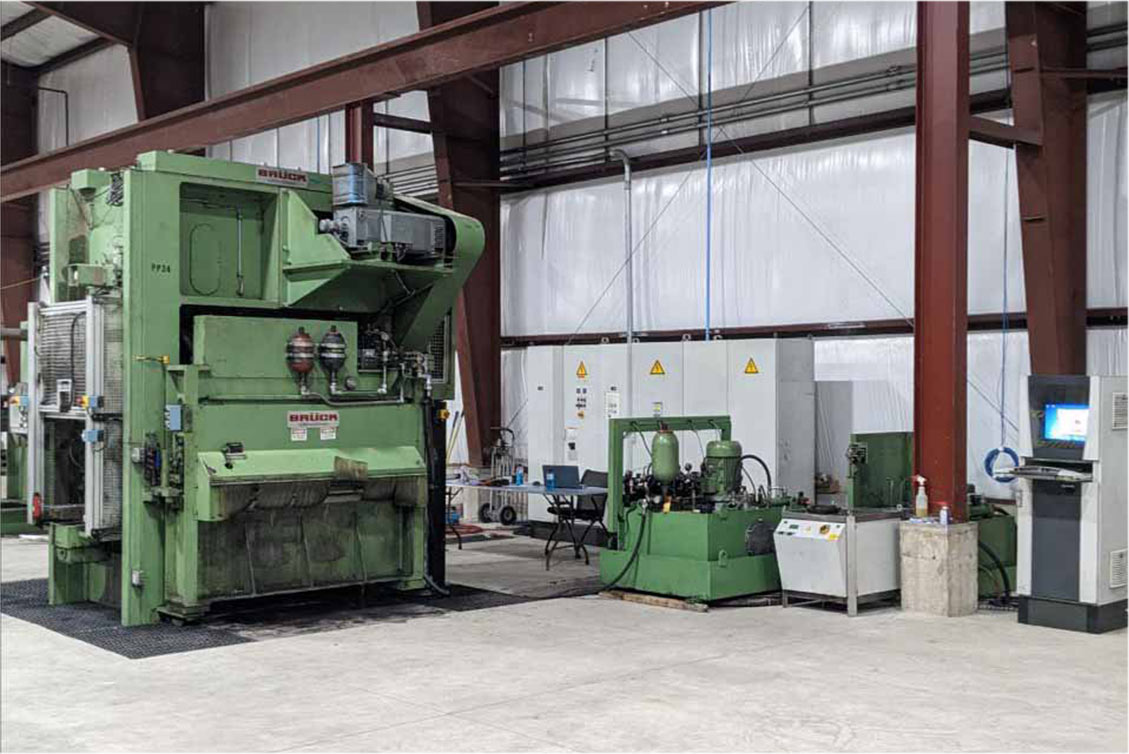Explore our new Diamond website!
Jun 8, 2023
We launched a significant refresh of our website to make your experience more productive and efficient.
A 360-degree view of Diamond Manufacturing's new addition
Feb 24, 2023
Check out the progress at 243 West Eighth Street in Wyoming, Pennsylvania, where 30,000-square-feet of production space is being added to the current facility at Diamond Manufacturing Company.
Mark A. Nenichka of Diamond Manufacturing Co. Named “Ambassador of Safety” in 2023
Mar 23, 2023
Mark A. Nenichka, safety director and logistics manager at Diamond Manufacturing Co., was named “Ambassador of Safety” in 2023 by Reliance, Inc.
400-Ton Perforating Press Installed in 30,000-square-foot Addition
Oct 2022
In early fall 2022, Diamond Manufacturing expanded with the addition of a new, 30,000-square-foot production space in its facility in Wyoming, Pennsylvania.
Diamond Manufacturing is a wholly owned subsidiary of Reliance, Inc.
Site designed and developed by Blair Inc.
Contact Us
Physical address:
243 West Eighth Street
Wyoming, PA 18644
Mailing address:
P.O. Box 4174
Wyoming, PA 18644
Site designed and developed by Blair Inc.













